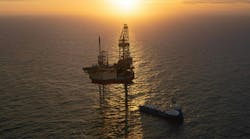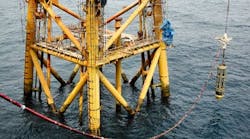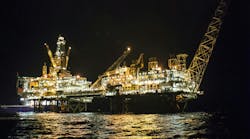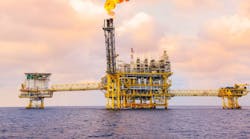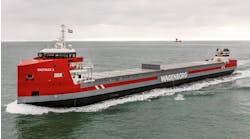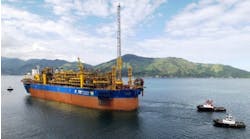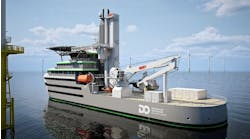Northern Lights CO2 carrier reaches Stavanger
What is CCS?
Carbon capture and storage (CCS) is a term that refers to technologies that capture the greenhouse-gas carbon dioxide (CO2) and store it safely underground, so it does not contribute to climate change. CCS includes both capturing CO2 from large emission sources (referred to as point-source capture) and also directly from the atmosphere.
*Definition by Global CCS Institute
Learn more at CCS Explained: The Basics by the Global CCS Institute.
Northern Pioneer, said to be the world's first commercial liquefied CO2 transport ship, has arrived in Norway.
It should be ready to start operations later this year for the Northern Lights Carbon Capture and Storage (CCS) project.
The 130-m long vessel is designed to transport 8,000 metric tons of liquefied CO2, captured from industrial sites in northern Europe, to the Northern Lights reception terminal in Øygarden, Norway.
From there, the CO2 will head through a subsea pipeline for permanent storage in a reservoir in the Norwegian North Sea, 2,600 m below the seabed.
The ship is the first of four custom designed for CO2 transport, and ordered by the Northern Lights co-venturers Equinor, Shell and TotalEnergies. It will be registered in Norway and managed by Kawasaki Kisen Kaisha (“K” LINE).
To date, the joint venture has signed commercial agreements for CO2 offtake with Yara in the Netherlands and Ørsted in Denmark.
Last year Norway’s government issued four exploration licenses for storing CO2 subsurface and extended offers for two licenses. When these are finally awarded, there will be 13 active licenses for storing CO2 on the Norwegian Continental Shelf (NCS).
“The NCS is very attractive for safe CO2 storage," according to Ann Helen Hansen, CCS coordinator at the Norwegian Offshore Directorate (NOD).
She added that this is due largely to a combination of storage experience gained by Equinor at the Sleipner and Snøhvit fields; the maturity of the Norwegian shelf, particularly the North Sea, where much of the data collected over the years is publicly available; and a regulatory framework that offers predictable terms and conditions.
If all current projects go ahead, up to 2 billion mt of CO2 could be stored on the shelf, the NOD says. However, the final volumes will also depend on issues such as information from future mapping, access to CO2 in the market and the type of development solutions chosen for projects.
EXCLUSIVE CONTENT:

Jeremy Beckman | Editor, Europe
Jeremy Beckman has been Editor Europe, Offshore since 1992. Prior to joining Offshore he was a freelance journalist for eight years, working for a variety of electronics, computing and scientific journals in the UK. He regularly writes news columns on trends and events both in the NW Europe offshore region and globally. He also writes features on developments and technology in exploration and production.


